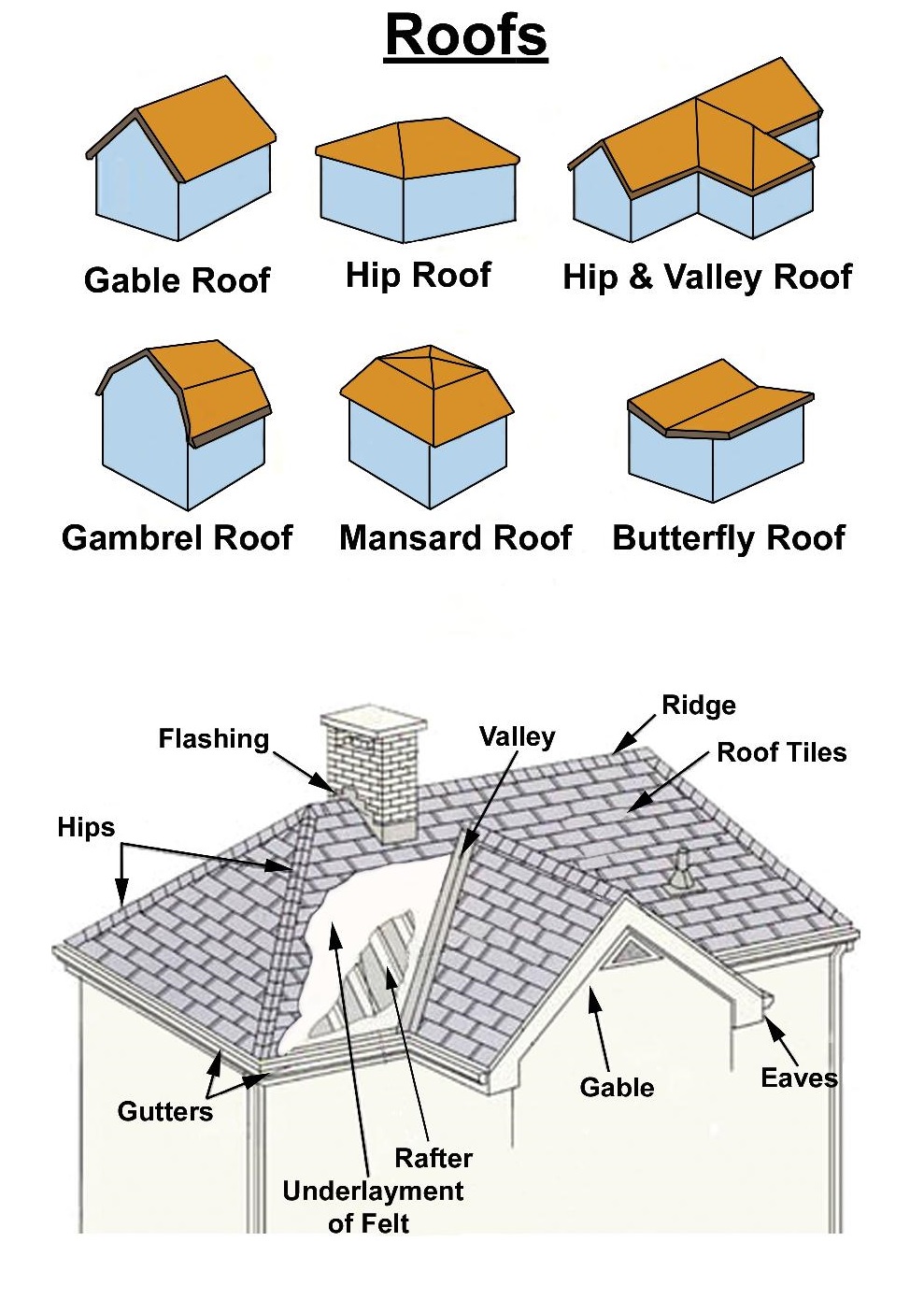
At the edge of the roof, there is a thin metal flashing that allows water to drip off the roof without doing damage to the home or causing a pesky leak that can do further damage to the roof or home. Any open valleys on your roof have metal flashing in order to protect this area, which is a critical area of the roof. Knowing which option you have beforehand is helpful. There are some skylight manufacturers that include flashing with their product, but others will require you to create it or purchase it separately. In this instance, multiple pieces of flashing will be installed as layers with the shingles to make sure that the water flows away from the wall. This is a rectangular piece of flashing that is bent 90 degrees in the middle. Counter flashing completes the team with the aforementioned base flashing. This is placed opposite of base flashing, or above the base flashing.
#DIFFERENT TYPES OF ROOFS WITH PICTURES INSTALL#
Not only that, it is notoriously difficult to install flashing around a chimney. This is to ensure that the rain always meets a flashing surface to direct it downward. There are some roof features, like chimneys, that require two pieces of flashing. It is a long, single piece of metal that is used to carry the water down to the shingles that lay below.

This is also known as “apron flashing” because it acts in a similar manner to an apron.

So, what do you do when you find yourself needing roof flashing? Knowing the different types as well as the techniques to implement can be helpful. Without the roof flashing against those walls, water would slowly drip into the space between the roof and wall and even potentially into the home. Water should then run down the side of the flashing and wind up getting directed to the shingles instead of finding a way into the roof deck. The flashing is installed to surround the features of the roof, like chimneys, vents, and skylights.


 0 kommentar(er)
0 kommentar(er)
